White Picket Fences: Is the American Dream Dead? // Post #3: Buying Nuts & Bolts
This post is part of a larger series on buying a home and I want YOUR input!
Email me by clicking the button below to share your questions, thoughts and ideas.
Okay, so you want to buy a home. Yay! As important as making that decision is, it is unfortunately a pretty small hurdle in the grand scheme of things. Below, I break down the hit list of top financial terms and decisions you’ll be faced with. Don’t worry, it isn’t as scary as it seems!
Down Payment: The amount of money you give the lender so that they will give you your home loan
The math: you buy a home for $800,000 and you give the lender $160,000 upfront. You now owe $640,000 plus interest.
You may have heard that a down payment of 20% is ideal, and that’s true! If you are able to put down 20% you show the lender that you are more likely to be able to pay off the loan as agreed and, therefore, aren’t required to pay for Private Mortgage Insurance (PMI).
Getting to that 20% number can be incredibly daunting, especially if you don’t have outside help. If you’re having a hard time getting there and want help, let me know!
2. Interest Rate: The fee that you have to pay the lender for letting you borrow the money to buy your house.
The lower the better! The current average is hovering just under 4%. If you have a strong credit score and down payment you’ll likely get quoted something similar to that.
Your interest rate will be based on national interest rates at the time of your purchase (which, unfortunately, you and I can’t change) and your credit score (which you can change!)
If your credit score isn’t as stellar as you’d like it to be, it is important to start working on improving it before you apply for a home loan. Having a low credit score can make it hard to find a loan, or find a loan with a reasonable interest rate. Even a small improvement on a mortgage interest rate can save you thousands (or more) dollars!
3. Mortgage Payments: The monthly amount you pay back to your lender.
Mortgage payments are made up of interest (fees), principal (the original amount you borrowed) and, potentially escrow (see below).
When you first start paying back your mortgage you will actually mostly be paying interest (!), but over time the breakdown between how much of your payment goes to principal vs. interest improves.
If you are able to pay more towards your mortgage each month, that is wonderful! Make sure to pay towards the principal so that you are paying off the original amount and not just paying fees to the bank.
4. Escrow: The lender pays your taxes and insurance on your behalf and adds this amount to your loan
You don’t have to do this, but for folks who aren’t great at saving up to pay large lump sums to the city, state or insurance companies every year, this can be very helpful.
Escrow doesn’t cost more than paying these costs directly, but it does mean that you don’t have that money sitting aside and potentially earning interest in a savings or investment account. Instead your lender has the money and pays the costs on your behalf.
5. Closing Costs: The pesky extra costs for closing on a house that seem low in comparison to the cost of the home, but high in comparison to everything else. This is in addition to what the realtors make (although what they make is just part of the overall cost of the home, not something you need to pay separately.
Make sure to save up a few extra thousand for these babies. They are usually 2-5% of the home price.
Sometimes you can get the seller to cover the closing costs (yay!). It is always worth getting your realtor to give it a shot.
Phew. That was a lot of information all at once. If you’re still anxious, confused or just want to talk out your decision making process, let me know! And, if you’re curious about how to make a killer offer on the house of your dreams, check out this helpful article.

